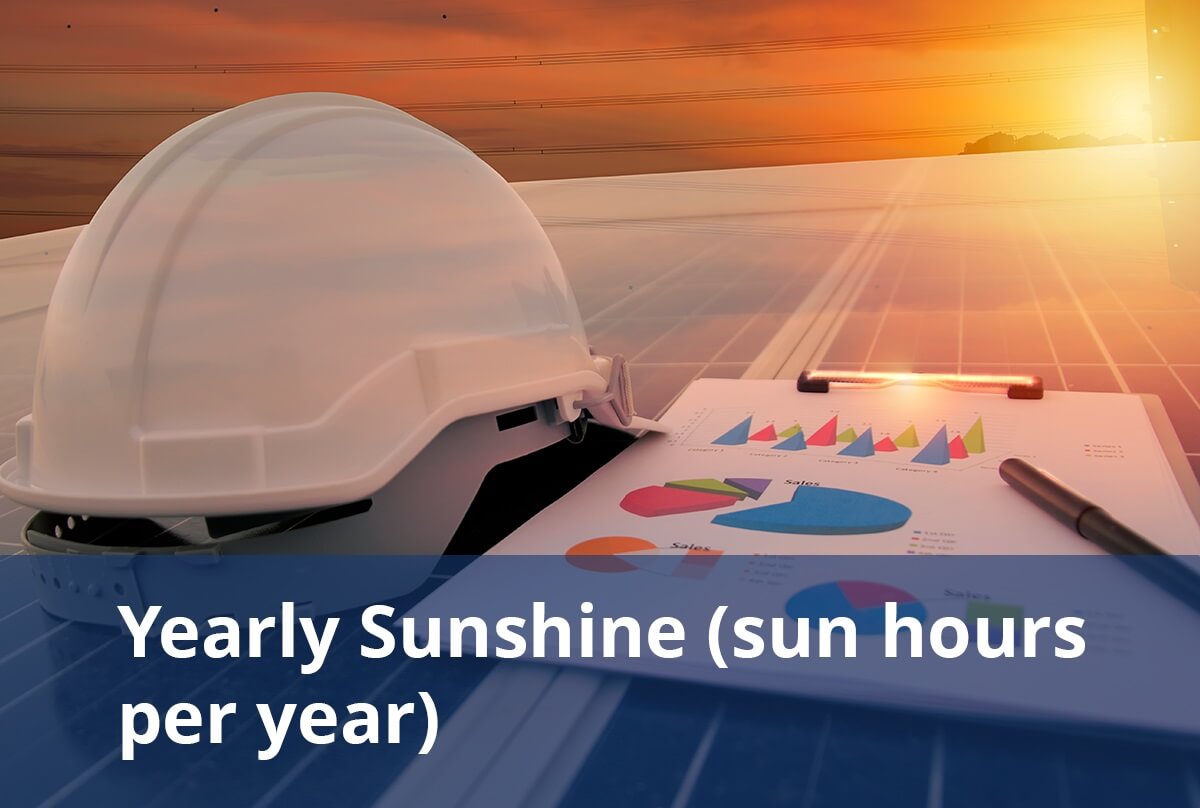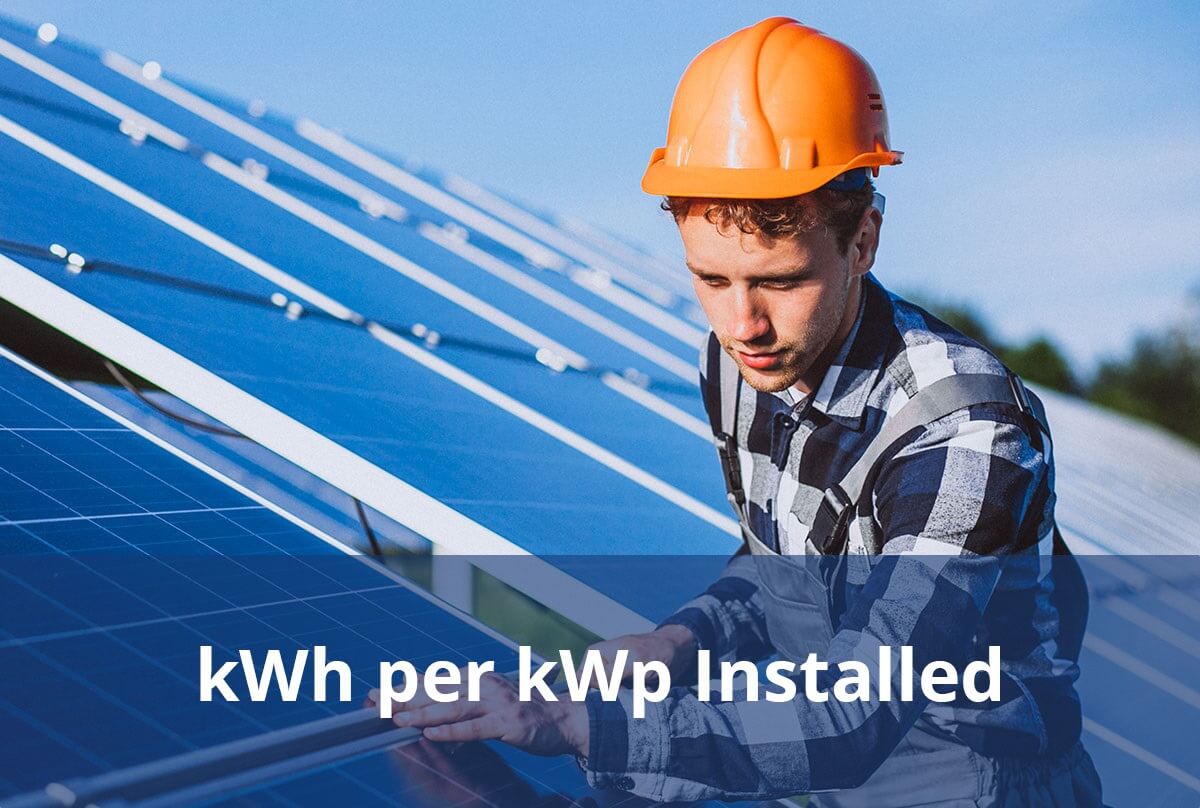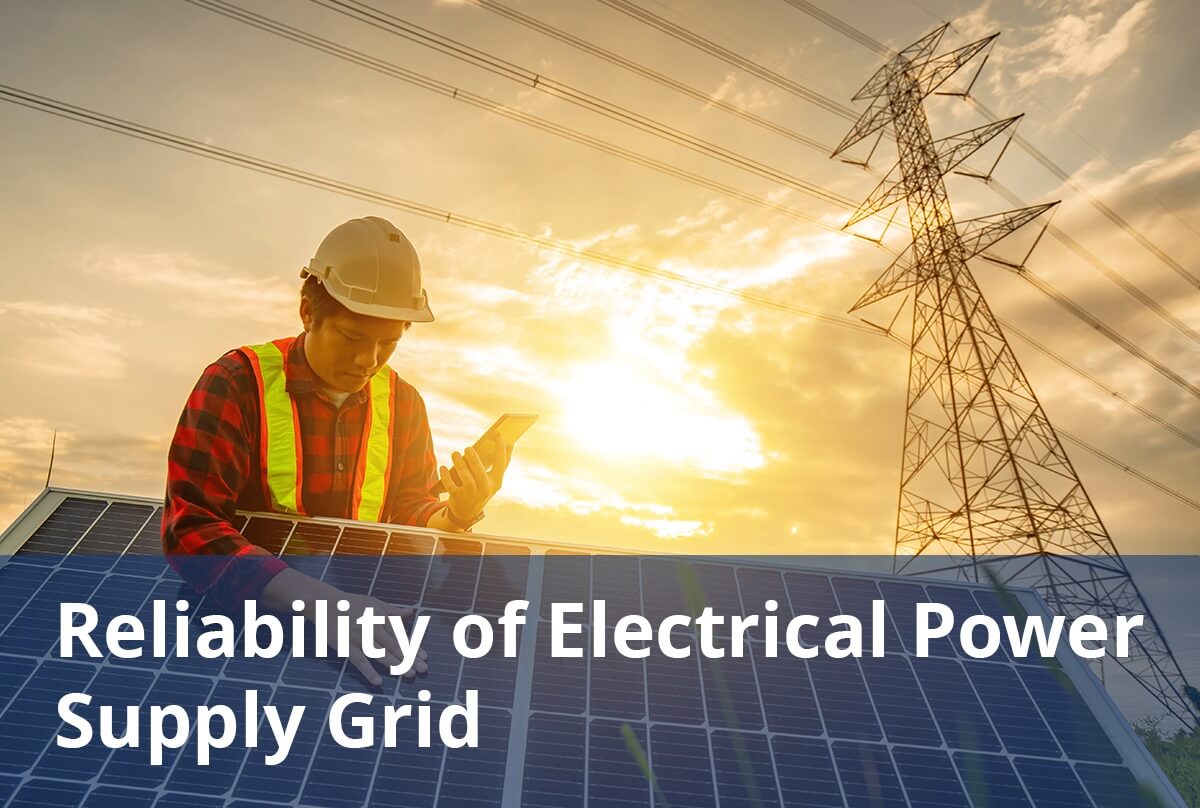Discover comprehensive insights into the statistics, market trends, and growth potential surrounding the solar panel manufacturing industry in Canada
- https://www.energyhub.org/solar-energy-maps-canada/ – Rylan Urban “National Average Solar Energy Production Potential” may 12, 2018. Updated august 9, 2023. Retrieved May 22, 2024
- https://dotwatts.com/peak-sun-hours-canada/ – chris tsitouris “Peak Sun Hours Canada” March 3,2023. Retrieved May 22, 2024.
- https://www.currentresults.com/Weather/Canada/Cities/sunshine-annual-average.php – Current Result Weather and Science Facts. Retrieved May 22, 2024.
- https://globalsolaratlas.info/detail?c=51.835778,-95.976563,2&r=CAN – Global solar atlas “Canada”, Retrieved May 22, 2024.
- https://www.energyhub.org/electricity-prices/ – by Rylan urban “Electricity Prices in Canada 2023” on Feb 14 2020. Last updated September 3, 2023. Retrieved May 22, 2024
- https://www.electricity.ca/knowledge-centre/journal/electricity-reliability-in-canada/ -Electricity Canada “Electricity Reliability in Canada” July 14, 2023. Retrieved May 22, 2024.
- https://energy.ca/naio/canadian-electricity/ – Energy Council of Canada “About Electricity”. Retrieved May 22, 2024.
- https://renewablesassociation.ca/by-the-numbers/ – Canadian Renewable Energy Association “by the numbers” January 2022. Retrieved May 22, 2024
- https://www.spglobal.com/marketintelligence/en/news-insights/latest-news-headlines/outlook-2024-canada-s-2024-capacity-additions-include-new-repowered-gas-80891344 – Kirsten Errick,Susan Dlin “outlook 2024: Canada’s 2024 capacity additions include new repowered gas” April 18, 2024. Retrieved May 22, 2024
- https://investors.canadiansolar.com/news-releases/news-release-details/canadian-solars-subsidiary-csi-solar-updates-capacity-plans-its -Canadian Solar Inc.” Canadian Solar’s Subsidiary CSI solar updates capacity plans for its Solar Supply chain” April 11 2023. Retrieved May 22, 2024.
- https://www.statista.com/statistics/1066655/cost-fuel-electric-power-generation-canada-by-fuel/ – by fuel “Cost of electric power generation from utility thermal plants in Canada in 2021, by fuel” February 15 2024
- https://www.cer-rec.gc.ca/en/data-analysis/canada-energy-future/2023-data-supplement/ -Canada Energy Regulator “Canada’s Energy Future 2023: Energy Supply and Demand Projections to 2050 – Data Supplement” 29 November 2023. Retrieved May 22, 2024.
- https://www.energyhub.org/cost-solar-power-canada/ – Rylan urban “cost of solar power in Canada 2023” on Feb 27 2018. Last updated Sep 3, 2023. Retrieved May 22, 2024.
- https://www.statista.com/statistics/516279/electricity-costs-for-end-users-canada-by-province/ – Statista “average monthly electricity costs for end users in Canada as of September 2023 by province and territory” September 2023. Retrieved May 22, 2024.
- https://waterpowercanada.ca/wp-content/uploads/2019/06/Hydropower-and-the-Canadian-Economy-R2.pdf – Canadian Hydropower Association “hydropower and the Canadian economy” Retrieved May 22, 2024.
- https://www.statista.com/statistics/1301792/canada-distribution-of-electricity-production-by-renewable-source/ – Lucia fernandez “Power production breakdown in Canada 2022 by renewable source” July 24, 2023. Retrieved May 22, 2024.
- https://www.canada.ca/en/environment-climate-change/services/managing-pollution/energy-production/electricity-generation.html – Environment and climate change Canada (ECCC) “Sources of pollution: Electricity” 21 August 2023. Retrieved May 22, 2024.
- https://www.statista.com/topics/11724/electricity-in-canada/ – Statista Research Department “Electricity in Canada – statistics & facts” December 8, 2023. Retrieved May 22, 2024.
- https://renewablesassociation.ca/solar-energy/ – Canadian renewable energy association “solar energy” Retrieved May 22, 2024.
- https://www.gem.wiki/w/index.php?title=Category:Solar_farms_in_Canada&pageuntil=Vauxhall+solar+farm#mw-pages – “solar farms in Canada” last edited on 11 January 2023. Retrieved May 22,2024.
- https://www.mordorintelligence.com/industry-reports/off-grid-solar-energy-market – “off-grid solar market size & shares analysis- Growth trends and forecast 2024-2029” Retrieved may 22, 2024.
- https://www.statista.com/outlook/io/energy/renewable-energy/solar-energy/canada – Statista “solar energy- Canada” Retrieved may 22, 2024.
- https://ca.talent.com/salary?job=solar+system – Talent.com “solar system average salary in Canada 2024” Retrieved may 22, 2024.
- https://ca.talent.com/salary?job=solar+technician – Talent.com “solar technician average salary in Canada 2024” Retrieved may 22, 2024.
- https://www.macrotrends.net/global-metrics/countries/CAN/canada/population#google_vignette – Macrotrends “Canada population 1950-2024” Retrieved may 22, 2024.
- List of generating stations in Canada – Wikipedia – “Lists of generating stations in Canada” October 23, 2023. Retrieved May 22, 2024.
- https://www.canadaaction.ca/canadian-hydropower-facts-statistics – Canada action “Hydropower in Canada: 15 facts” October 12, 2023, Retrieved May 22, 2024.
- https://toronto.citynews.ca/2024/04/29/electricity-imports-from-u-s-topped-exports-in-february-amid-drought-statcan/ – The Canadian Press “Electricity import from US topped export in February amid drought: StatCan” posted April 29, 2024, Retrieved May 22, 2024.
- https://iclg.com/practice-areas/renewable-energy-laws-and-regulations/canada –ICLG.com “Renewable energy laws and regulations Canada 2024” published September 9, 2023. Retrieved May 22, 2024.
- https://primroot.com/solar-panel-manufacturers-in-canada/ -PrimRoot “Top 9 solar panel manufacturer in Canada: 2024 comprehensive Guide” Retrieved May 22, 2024
- https://sinovoltaics.com/learning-center/manufacturing/solar-panel-manufacturing-process-from-cell-to-module/ – Dricus De Rooij “solar manufacturing process: from cell to module” Retrieved May 22, 2024.
- https://www.canada.ca/en/revenue-agency/services/tax/technical-information/income-tax/income-tax-folios-index/series-3-property-investments-savings-plans/series-3-property-investments-savings-plan-folio-8-resource-properties/income-tax-folio-s3-f8-c2-tax-incentives-clean-energy-equipment.html – Government of Canada “Income tax folio S3-F8-C2, Tax incentives for clean energy equipment” Retrieved May 22, 2024.
- https://ontario-solar-installers.ca/ontario-solar-incentives/investment-tax-credit-for-solar/ -Ontario solar installer “federal investment tax credit (30% ITC credit) for solar panels” Retrieved May 22, 2024.
- https://natural-resources.canada.ca/energy-efficiency/homes/canada-greener-homes-initiative/canada-greener-homes-initiative-february-2024-update/25669 – Government of Canada “The Canada Greener Homes Grant Program” January 22 2024. Retrieved May 22, 2024.
- https://www.pv-magazine.com/2023/03/31/canada-formalizes-30-federal-itc-credit-other-incentives/ – Michael Schoeck “Canada formalizes 30% federal ITC credit, other incentives” March 31st 2023. Retrieved May 22, 2024.
- https://blog.ecoflow.com/ca/solar-power-incentives-tax-breaks/ – Ecoflow “solar power incentives and tax breaks for consumers in Canada” 21st September 2022. Retrieved May 22, 2024
- https://natural-resources.canada.ca/energy/energy-sources-distribution/renewables/solar-photovoltaic-energy/7303 – Government of Canada “Solar Photovoltaic Energy” Retrieved May 22, 2024.
- https://list.solar/plants/largest-plants/canada/ -List solar “solar power stations, PV farms 2021 in Canada” updated June 27, 2021. Retrieved May 22, 2024.
- https://www.majorprojects.alberta.ca/details/Aira-Solar-Project/11104 – Alberta “Aira Solar Project: Alberta major projects” Retrieved May 22, 2024.
- https://www.pv-magazine.com/2023/10/18/canadas-largest-behind-the-meter-solar-project/ – Anne Fischer “Canada’s Largest behind-the-meter solar project” October 18, 2023. Retrieved May 22, 2024
- https://xolar.ca/ – Xolar Inc. Retrieved May 22, 2024.
- https://www.solarkrafte.com/ – solarkrafte Retrieved May 22, 2024.
- https://www.solarfeeds.com/mag/solar-panel-installers-in-canada/ – solarfeeds “top 15 solar panel installer in Canada 2022” published June 9, 2023. Retrieved May 22, 2024.









